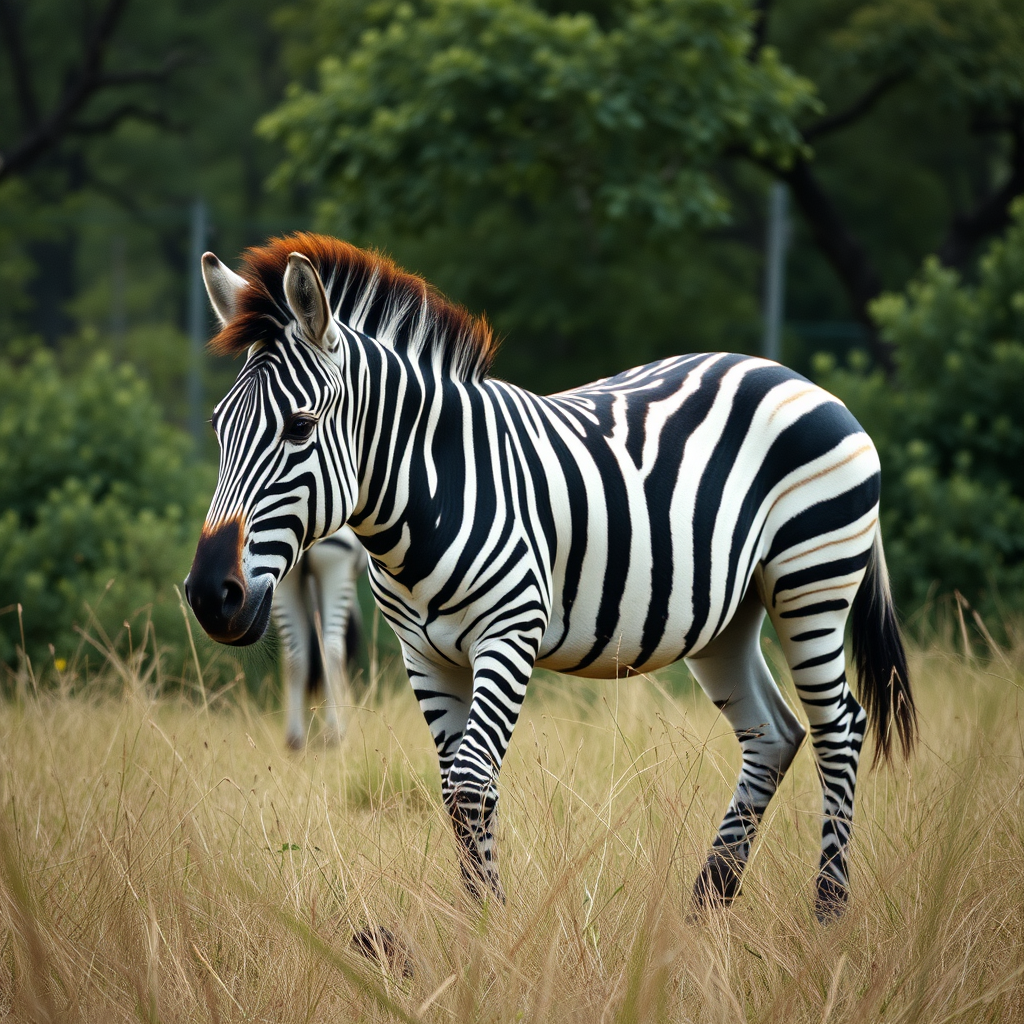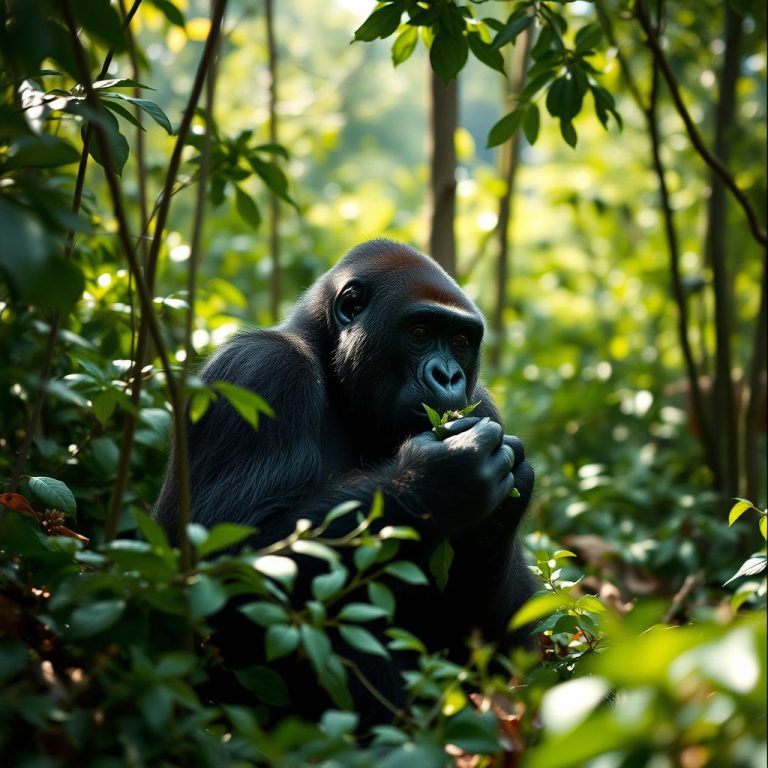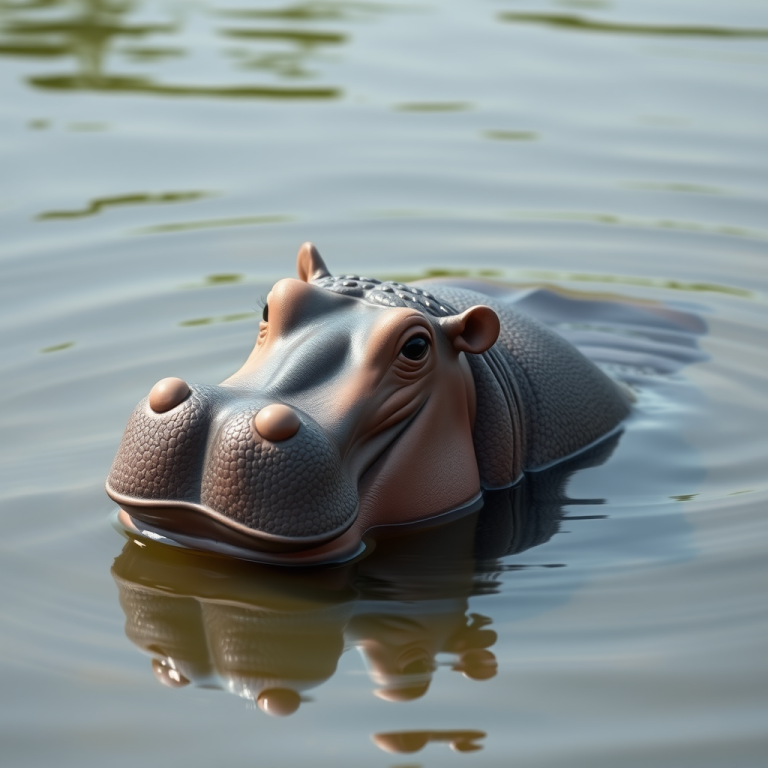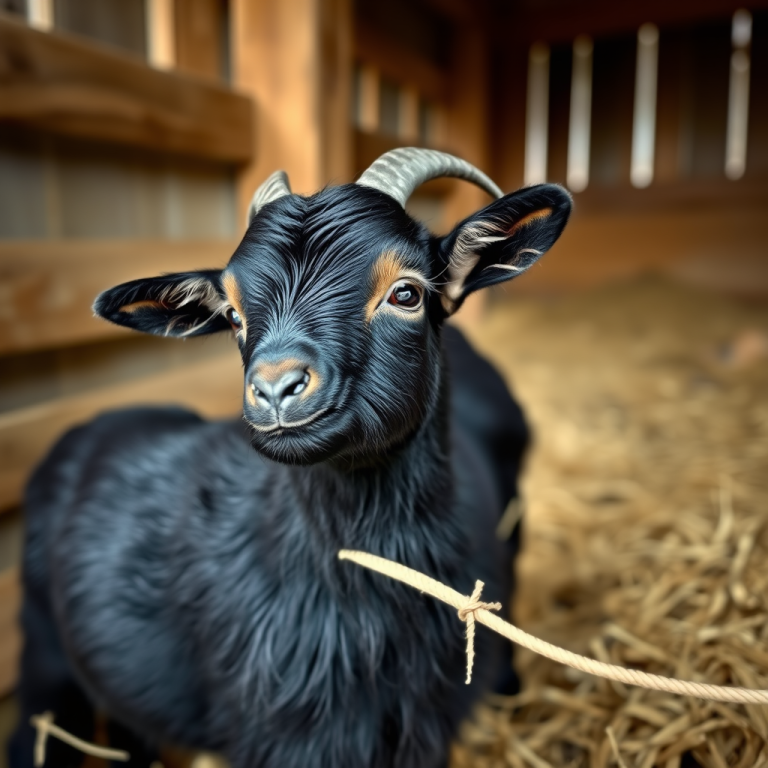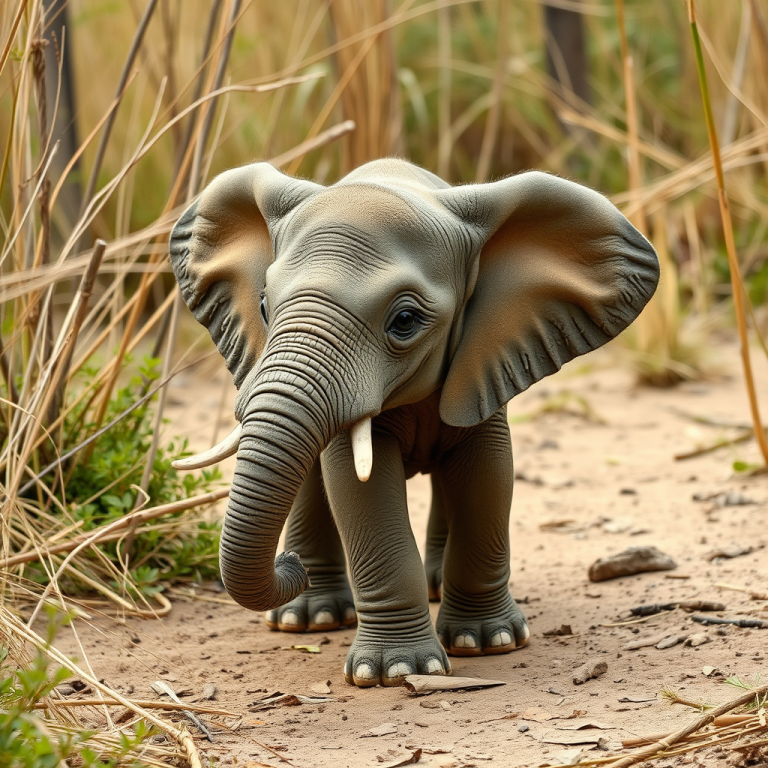Zebras: Striped Survivors of the African Wild
Zebras are among the most striking animals on Earth, instantly recognized by their iconic black-and-white coats. But behind the bold pattern is a highly intelligent, alert, and socially complex animal built for survival in some of the harshest landscapes on the planet. Found in a range of ecosystems across sub-Saharan Africa, zebras live on the edge—navigating predators, drought, migration, and shifting habitats with a combination of sharp instincts, strong social bonds, and physical endurance.
Species Overview: One Pattern, Three Distinct Lives
There are three main species of zebra, each adapted to slightly different environments. The Plains zebra (Equus quagga) is the most numerous and widely distributed. It thrives in savannas and grasslands across East and Southern Africa. Known for its broader stripes and social nature, the Plains zebra is often seen migrating in massive herds. The Mountain zebra (Equus zebra) lives in the steep, rocky highlands of southern Africa. It has a stockier build, narrower stripes, and a dewlap under the neck, which helps regulate temperature. Then there’s the Grevy’s zebra (Equus grevyi), the largest and most endangered of the three. Found in northern Kenya and parts of Ethiopia, it has narrow, closely spaced stripes and a white belly. Unlike other zebras, Grevy’s live in looser, more fluid groups and can go several days without water—an adaptation to the dry scrublands they inhabit.
Why Stripes Matter
The question of why zebras have stripes has fascinated scientists for decades. Theories range from camouflage and predator confusion to thermoregulation and social signaling. Recent studies suggest the stripes may help deter biting insects, particularly tsetse flies and horseflies, which are common in zebra habitats and known carriers of disease. From a distance, stripes can also make it difficult for predators to single out individuals in a moving herd. Up close, stripe patterns are unique to each zebra and help individuals recognize one another—a vital part of herd dynamics and maternal bonding.
Life in the Herd: Structure, Loyalty, and Safety
Zebras are deeply social animals. Plains and Mountain zebras typically live in stable family groups, or harems, led by a dominant stallion. A harem includes several mares and their foals and may last for years. The stallion defends his family from rival males and predators, while the females cooperate in raising young and moving as a unit. In contrast, Grevy’s zebras are more territorial and less cohesive, with stallions claiming land and females moving between territories. Regardless of species, group living helps zebras detect danger faster, coordinate movement during migration, and reduce stress by maintaining social bonds.
Communication and Emotional Intelligence
Zebras use a wide range of body language, vocalizations, and facial expressions to communicate. They may bray, snort, or whinny to alert others to danger, or gently nuzzle and groom to reinforce bonds. Ears held forward signal interest or calmness, while ears pinned back can be a warning sign. Grooming sessions between herd members serve both hygienic and emotional purposes, calming the animals and strengthening trust. Mothers form especially close bonds with their foals and can identify them by scent, voice, and stripe pattern even in a dense herd.
Feeding Habits and Ecological Role
Zebras are non-ruminant grazers, meaning they have a single-chambered stomach but still process large amounts of fibrous grasses efficiently. This allows them to feed on lower-quality vegetation that other herbivores may ignore. By grazing first, zebras help expose fresher, more nutritious growth for animals like wildebeest and gazelles that follow. In this way, zebras play an important role in shaping grassland ecosystems and keeping the vegetation healthy and balanced. They spend around 60–70% of their day grazing, using strong teeth to clip grass close to the root.
Migration and Long-Distance Endurance
In regions like the Serengeti and Botswana, Plains zebras participate in some of the longest land migrations on Earth. These journeys, sometimes covering over 300 miles, are driven by seasonal rains and the need for fresh grazing land. The herds navigate dry riverbeds, predator-filled plains, and human settlements along the way. Zebras rely on memory, visual landmarks, and herd leadership to find traditional migratory routes passed down through generations. Foals born during migration must keep pace almost immediately, highlighting the stamina and resilience built into zebra biology from day one.
Parenting and Foal Survival
Female zebras typically give birth to a single foal after a gestation period of about 12 to 13 months. Foals are precocial—they can stand and walk within an hour of birth. This ability is crucial in predator-rich environments, where lagging behind can be fatal. For the first few days, the mare keeps her foal slightly apart from the group to allow imprinting. During this time, the mother and foal memorize each other’s scent, voice, and stripe pattern. As the foal grows, it begins to interact with other young zebras, learning how to play, socialize, and recognize herd hierarchy. Herd members often protect and encircle vulnerable foals in times of danger, using their powerful kicks to defend against threats.
Predators and Defensive Tactics
Zebras are constantly under threat from lions, hyenas, leopards, and crocodiles. Their best defense is awareness, numbers, and speed. When attacked, zebras may bunch together, confuse the predator with movement, and kick with their strong hind legs. A zebra’s kick is powerful enough to injure or kill a lion if it connects. Stallions often put themselves between the herd and the threat, giving mares and foals time to escape. At watering holes, zebras remain especially alert, as ambush predators like crocodiles pose a serious risk during the dry season.
Human Impact and Conservation
Zebras face increasing pressure from habitat loss, climate change, competition with livestock, and illegal hunting. Plains zebras are still relatively stable in population, but Mountain and Grevy’s zebras are listed as vulnerable and endangered, respectively. Conservation programs now focus on habitat corridors, anti-poaching enforcement, and peaceful coexistence between wildlife and human communities. Some reserves and parks use GPS collars to monitor zebra movements and adjust protections as migration patterns shift. Educating local populations about the role zebras play in ecosystems is also crucial for long-term success.
Final Thoughts
Zebras are more than just their stripes. Beneath their patterned coats lies a deep intelligence, an emotional world, and a will to survive in one of the most competitive natural environments on Earth. Their daily lives are shaped by instinct, memory, and the quiet power of community. Whether grazing on open plains, leading a newborn through dust-covered trails, or outrunning a predator at dusk, zebras carry with them a quiet strength that speaks of endurance, balance, and wild freedom
If you’re curious about the wonders of wildlife, stick around—there’s a whole world to explore at Wonder of Wild.
